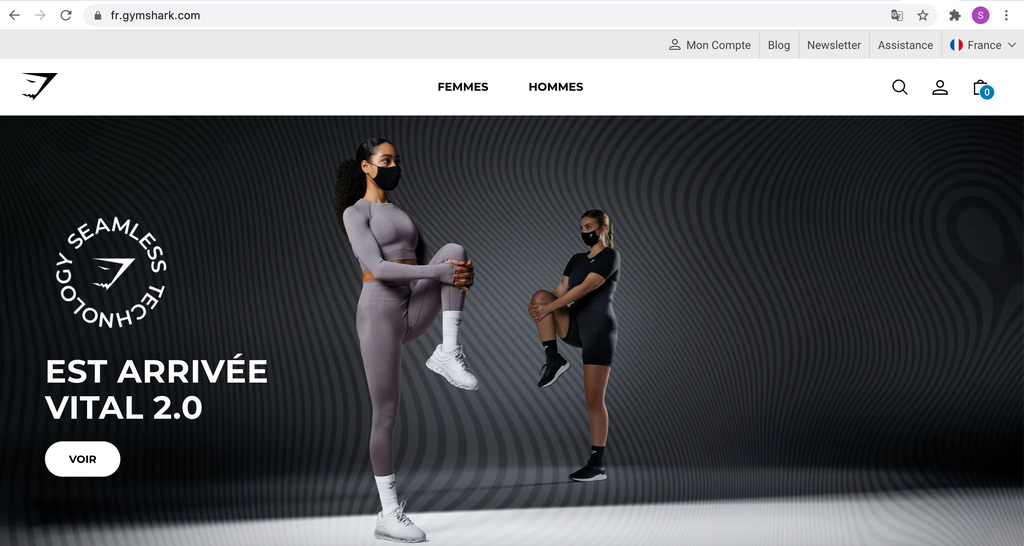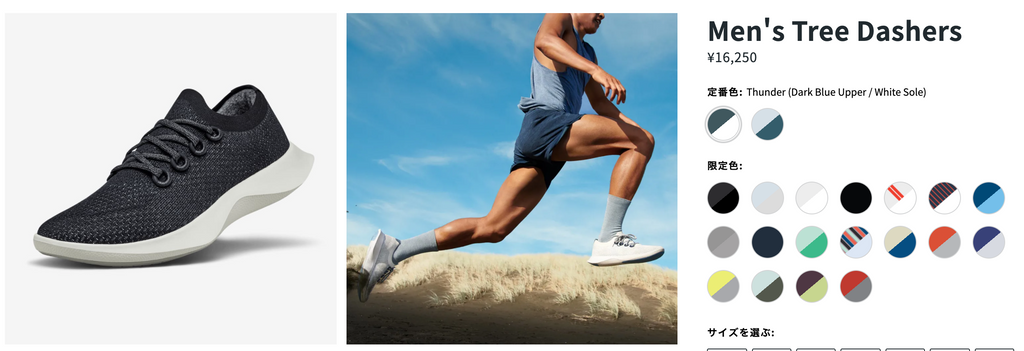Global ecommerce is booming, and not just domestically but across borders. In 2020, Q2 ecommerce cross border sales were up 53% year-on-year, with 55% of online shoppers saying they made a purchase with a store in another country in the last 12 months. With this in mind, the idea of expanding your brand into new international markets starts to sound really appealing. Whilst it can be a great move for your store, it can also look to be a daunting task.
Today we’re going to look at some of the options available to you on Shopify Plus when going global, as well as some of the considerations you’ll need to discuss with your team in order to ensure you hit the ground running with your international plans.
Selling internationally with Shopify Plus
Single-store vs Multi-store
However you want to structure your store, Shopify Plus allows you to choose whichever options best suit how you want to grow into new markets. The first decision to make is if you want one single storefront that makes use of different languages and currencies, or having a multi-store approach where you have a different storefront for each market.
Single-Store
As it sounds, single-store essentially means you use the same storefront regardless of where the customer is geographically. They can select their language or currency from a dropdown menu which will then load the store in their chosen options. Your store will be translated, and currencies converted either by a straight conversion or rounding rules - more on this later.
Multi-Store
With multi-store, you have multiple versions of your storefront and can redirect customers to their local version of your storefront. For example you can have a storefront for the USA and one for France, both tailored content, currency, and price wise to that region as well as its own URL architecture e.g. fr.examplestore.com.
With both options, you can either allow customers to select the most appropriate options or have your store suggest the best options based on their geo-IP location.
Offer your store in local languages using multi-language features
A great way to attract international customers is to speak their language. Localization can be a big task but it’s worth it - 75% of online shoppers surveyed by Shopify prefer to shop in their native language, and 59% say that they rarely or never buy from English-only websites. It can be an uncomfortable experience for an international customer attempting to use translation tools to try and guess your product descriptions before making a purchase. Whether you’ve opted for a single-store or multi-store approach, Shopify Plus makes it straight-forward for you to offer your store in multiple languages. With single-store, you’ll see your URL as “examplestore.com/fr” for French, “examplestore.com/de” for German and so on for all your chosen languages. And with multi-store, these will be displayed based on the regional storefront, for example uk.examplestore.com for UK English, or jp.examplestore.com for Japanese. With multi-store you can also switch up the content for each storefront to suit the region the customer is browsing in.

However a crucial point to be made is that you shouldn’t rely on automated translations - think of how many times people have mocked Google Translate! If you’re serious about international expansion, then it pays to have your store professionally interpreted. An interpreter will be able to retain the nuance and flavour of your brand’s content, making it more appealing and easier to read for your new international customers. If translating every piece of copy on your store seems a mammoth endeavour, then fear not as 67% of shoppers prefer at least navigation and some site content translated to their native language so you could opt for this approach rather than translating your entire store.
Accept payments in your customers’ local currency with multi-currency options
Selling your products in your customers’ local currency is a game changer - 98% of online shoppers prefer to be able to browse and pay in their local currency when given the option, and 33% say that they’ll abandon a purchase completely if the pricing is listed in USD only. Offering local currency payments eliminates a big friction point in your store’s customer journey - your customer won’t need to go and check the conversion rate and guess what the product might cost, they’ll be able to see exactly what they need to pay in their own currency. There are a few different options available to you when it comes to how you offer and accept international payments.

If you’re opting for a single-store approach, then you can either use a straight currency conversion, or you can set price rounding rules. These rules will round any converted prices to whichever rule you set, keeping your store looking neat for customers without pesky random pennies.
If however you’ve decided to use a multi-store approach, then you can set up each version of your store with its own content, currency and pricing structure. The benefit here is that you have much more control over the pricing for each region you sell into rather than a currency conversion from your main store pricing.
There’s no right or wrong answer to which option is best, it all comes down to your international expansion plans. Shopify Plus is scalable and grows with your business, so it might be that starting off with a single-store is best to test the waters in a new market then you can develop a multi-store approach later down the road.
Things to consider when expanding into new markets
How will your inventory and fulfilment be managed?
Inventory and fulfilment is a big task for any ecommerce business to keep track of, so adding new markets into that is something you really need to plan for to ensure there isn’t any disruption to your existing operations.
When it comes to inventory, you need to think about whether or not you’ll manage inventory depending on the market e.g. stock for each product for the US market is managed separate to stock for the European market. Shopify allows you 20 different locations for each SKU so you could split stock between markets. You’ll also need to take international sales into consideration when forecasting for inventory to prepare for key sales periods such as summertime, Black Friday/Cyber Monday, and the holidays.
Equally you’ll need to plan for how international orders will be fulfilled - will this be managed by the same team, and if so how will the process of fulfillment differ from a domestic one. If not, then who will be responsible for packing and fulfilling international orders? Which courier will you use, and will you offer international tracking?
What new shipping rules might you need to implement?
There are a couple of scenarios in which this question needs to be answered. The first is with regards to shipping restrictions in different countries you plan to expand into - what are these, and do any of your products fall into any restricted categories? If you’re not sure, then best to play it safe unless you find some solid advice to the contrary.
The second scenario is where one or more of your products isn’t technologically compatible with the new region you’re shipping to. For example if you sell anything requiring a plug then you need to check which countries also use the type of power outlet that is compatible with your product. This avoids any potential international customer service complaints and returns.
How will you adapt your customer care strategy?
Customer service and care is a massive part of any ecommerce business. Domestic customer care is fairly straightforward, but international is another story. Between expensive shipping rates for returns and time zone differences, things get a bit tricky. When moving into international markets, you’ll need to work with your customer care team to figure out how you’ll adapt your care strategy. Here are a few questions to ask :
- Who on your team will be responsible for international enquiries?
- How will the returns process work for international customers?
- Is the response time for enquiries different?
- How will different types of enquiry be escalated if necessary?
- What different resolution options will be available to care representatives?
You should look at how your orders are presented and packed for customers. Do they come with any additional material such as thank you notes, instruction manuals, or packing slips? These should be translated to that region’s local language to avoid any confusion when the package arrives with the customer.
How will you adapt your marketing strategy?
So you’ve translated your store’s copy, you’ve adapted your customer care strategy, and you’re aware of all the different shipping needs to expand into a new market. The last piece of the puzzle is your marketing strategy. Your current marketing channels will undoubtedly be targeting and speaking to your core customer base which is likely in your native country. Therefore you now need to consider how your approach might need to change in order to appeal to your target audience in a different country. Here are some suggestions:
- Identify influencers in new markets that fit your target audience
- Once you are more established in a region, make use of user generated content created in that region
- Create a targeted advertising campaign on your chosen social media platforms using the both the products most popular in that region as well as the language native to that region.
- Develop an email marketing strategy for each new market you enter and ensure the content is based on data from your store in that market.
----
Taking your Shopify store to the international stage isn’t just gaining some extra customers, it’s opening up your brand to entirely new markets full of opportunity and breaking down barriers to allow people around the world to discover your store.
Thinking of getting started with international ecommerce on Shopify Plus? Get in touch with our team and let’s get talking.
